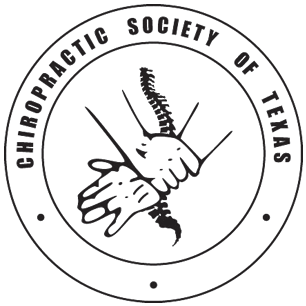vertebral subluxation complex
in chiropractic, malfunction of organs or tissue caused by impairment of nerve function that results from restriction ofnormal motion or from abnormal position of spinal segments.
-Farlex medical dictionary
“Common to all concepts of subluxation are some form of kinesiologic dysfunction and some form of neurologic involvement.”
-Lantz CA: “The subluxation complex.” In: Gatterman MI (ed): “Foundations of Chiropractic Subluxation.” Mosby, St. Louis, MO, 1995
The following must occur for the term “vertebral subluxation” to be properly applied:
1. Loss of juxtaposition of a vertebra with the one above, the one below, or both.
2. Occlusion of an opening.
3. Nerve impingement.
4. Interference with the transmission of mental impulses.
Stephensons “Chiropractic Textbook” 1927
“A (sub)luxation of a joint, to a Chiropractor, means pressure on nerves, abnormal functions creating a lesion in some portion of the body, either in its action, or makeup.”
Palmer DD, Palmer BJ: “The Science of Chiropractic.” The Palmer School of Chiropractic, Davenport, IA, 1906.
Types of pathology resulting from a Vertebral Subluxation including kinesiopathology, histopathology, neuropathophysiology, myopathology and pathophysiology.
“We currently define a chiropractic subluxation as a self-perpetuating, central segmental motor control problem that involves a joint, such as a vertebral motion segment, that is not moving appropriately, resulting in ongoing maladaptive neural plastic changes that interfere with the central nervous system’s ability to self-regulate, self-organize, adapt, repair and heal.”
(The Rubicon Group, May 2017.)
Subluxation A lesion or dysfunction in a joint or motion segment in which alignment, movement integrity and/or physiological function are altered, although contact between joint surfaces remains intact. It is essentially a functional entity, which may influence biomechanical and neural integrity. Subluxation complex (vertebral) A theoretical model and description of the motion segment dysfunction, which incorporates the interaction of pathological changes in nerve, muscle, ligamentous, vascular and connective tissue.
WHO Geneva Chiropractic Guidelines 2005
